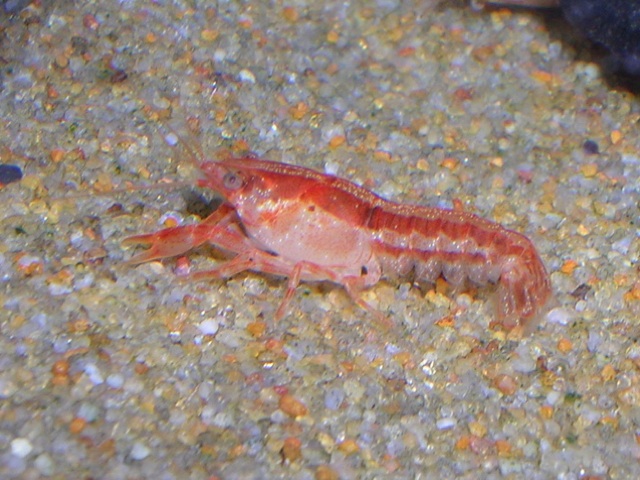|
|
Editorial:
Should small tanks be sold with warning labels?
|
By Neale Monks |
Every day the WWM crew receives around 30 queries from fishkeepers
around the world, covering topics from every conceivable branch of the
hobby. A sizeable proportion of those queries have one thing in common:
too many fish in too small an aquarium.
Overstocking is sometimes appropriate, for example in situations where
highly territorial cichlids are being maintained. Expert fishkeepers
will understand the problems overstocking causes, and will be able to
take appropriate actions to prevent poor water quality and disease. But
more often than not, overstocked tanks are mismanaged, and the results
are never good.
The key problem is that the smaller the tank, the easier it is to
overstock it. Making things even worse is the fact small tanks are
inherently unstable. Overstock a small aquarium and you’re asking for
trouble: pH drops more rapidly and water quality degrades more quickly.
Big tanks leave you some wiggle room, so that when things go wrong
there’s usually time to correct them. When small tanks go bad, they go
bad quickly, the result being lots of sick or dead fish.
Unfortunately, small tanks are very attractive to inexperienced
fishkeepers. For those people shopping for their first aquarium, even a
ten-gallon aquarium looks huge. Cost is an issue too, with newcomers to
the hobby all too often looking for the cheapest system they can afford,
rather than the system best suited to their needs.
Goldfish pose the classic conundrum: because goldfish cost only pennies
to buy, the assumption is that they’re cheap pets, and that you
shouldn’t need to spend much money to keep them. Here in England, you
could buy a goldfish, a plastic bowl, and a packet of flake food for
under ten pounds (less than $20). Quite clearly, a cheap hobby... or so
it would seem.
Goldfish cannot be kept in bowls, and they cannot be kept cheaply. They’re
big, sociable animals that need - at minimum - an aquarium around the
30-gallon mark to do well. Besides the tank, you’ll also need a decent
filter, though a heater isn’t necessary except perhaps with the more
delicate fancy varieties. So while your goldfish might cost less than a
candy bar, even a basic goldfish aquarium is going to cost well over
£100 ($200) to put together.

The craze for ‘nano’ reef tanks has perhaps made things even worse.
If marine aquarists can keep corals and clownfish in a 10-gallon tank,
then how difficult could it be to keep some guppies in a 10-gallon tank?
What casual aquarists don’t realise is that successful nano reef tanks
are expensive to set up and have to be very carefully monitored and
maintained. Aquarists who succeed with nano reef tanks have invariably
started out with a bigger reef tank first, learning all about water
chemistry, livestock selection, and water quality management. Until
you’ve done the same thing on the freshwater side of the hobby, setting
up a freshwater tank smaller than 20-gallons is not to recommended.
Several of the articles in this month’s Conscientious Aquarist
focus on livestock suitable for small tanks. There’s an article by
Lonnie Lindberg on one of the best fish for the small freshwater tank,
the betta or Siamese fighting fish, Betta splendens. Like the
goldfish, this is another species often thrown into a bowl without any
thought about what its maintenance requirements actually are. An article
on crayfish by Justin Pierce outlines the needs of these interesting and
hardy crustaceans. Crayfish are enjoying a bit of a vogue at the moment,
and because they don’t require much space, they make good choices for
someone after a small aquarium oddball. My own piece of stocking 5, 10,
and 20-gallon tanks tries to fill in a few of the gaps in the community
tank literature, offering some tried-and-trusted species that work well
in small aquaria.
Small aquaria can be fun, and properly set up and maintained they have a
jewel-like quality that attracts the eye and piques the interest of even
the most jaded observer. But they certainly can’t be recommended for
beginners.
Neale Monks
|
|
